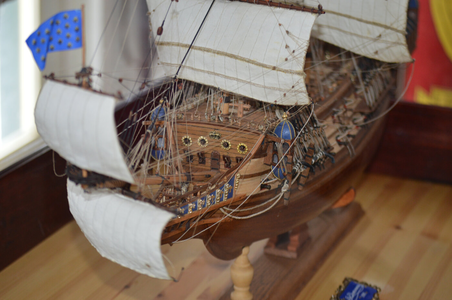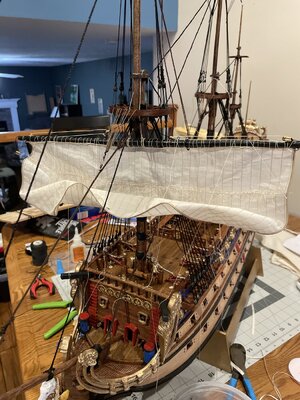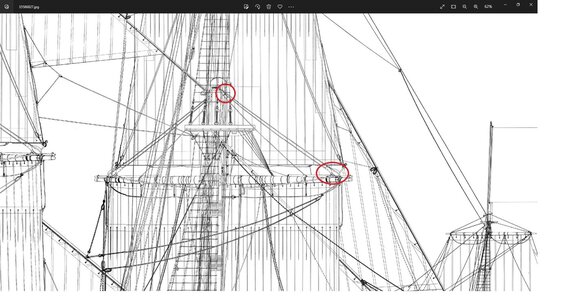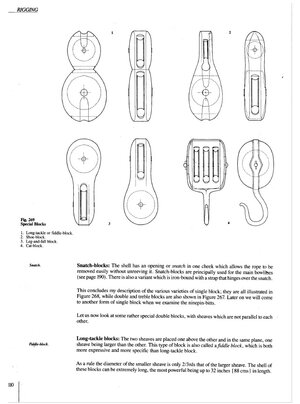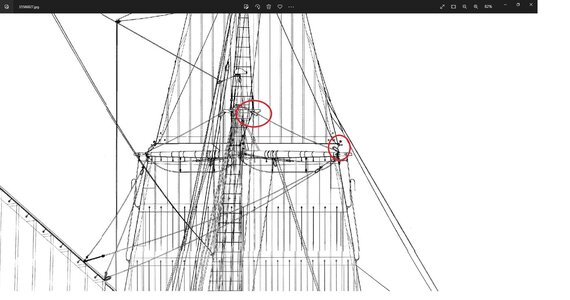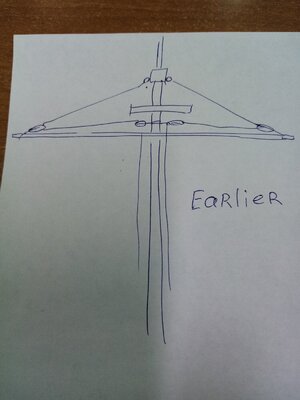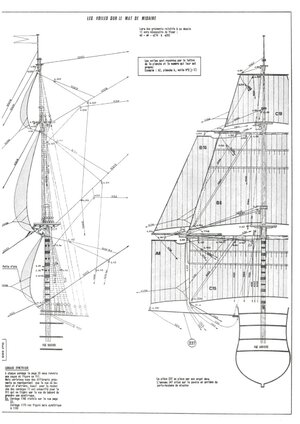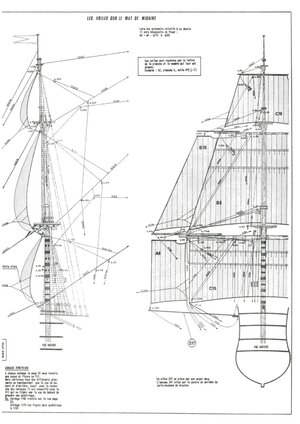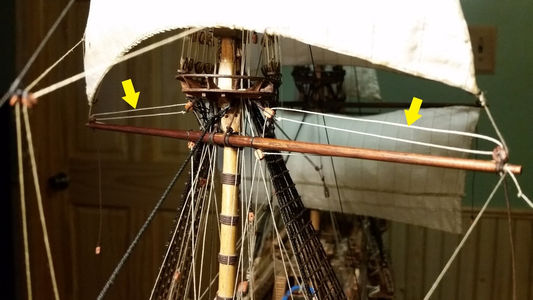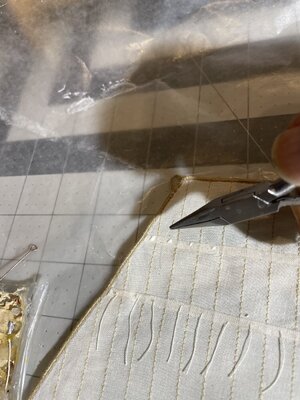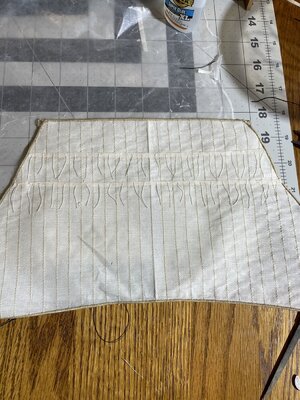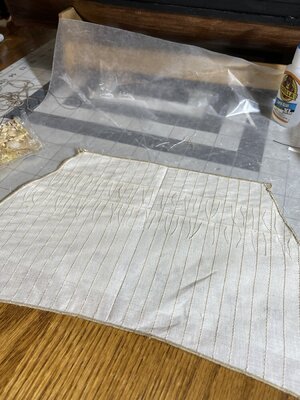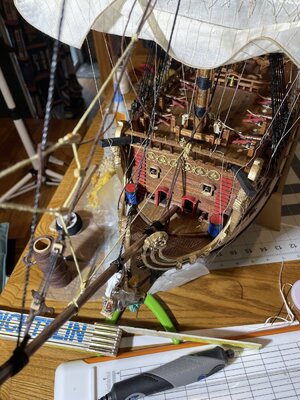I have not heard of a sail stretching jig, what might one look like?
Home made jigs for stretching sails. The head of the the sail is clamped between the boards at the top using C-clamps. The keeps the head from being stretched out and keeps it straight. The clews are suspended by line tied to the hooks. The hooks can be repositioned to suit the sail size, and they simply screw into the wood. You soak the sail wet with starch, then place the sail in the stretching jig. Using bags of water or sand, you stretch the sail and leave it to dry under the weight of the bags overnight until it is dry. Water bags work best, as long as they don't leak. If you use sand, you have to place and shape the sand bag so that the sail is stretch to the desired shape. Hopefully your bolt rope is strong enough at the clews that it won't be torn off the sail, so check your stitching.
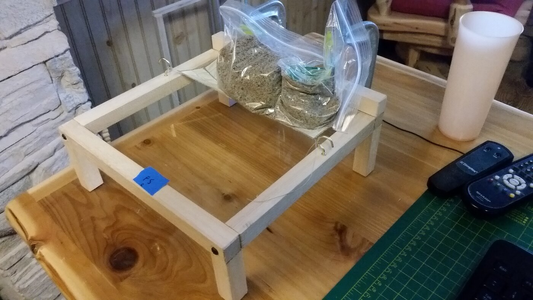
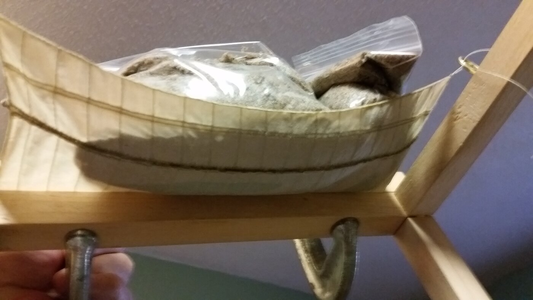
Here is a jig made by another builder. You can see him applying wet starch.
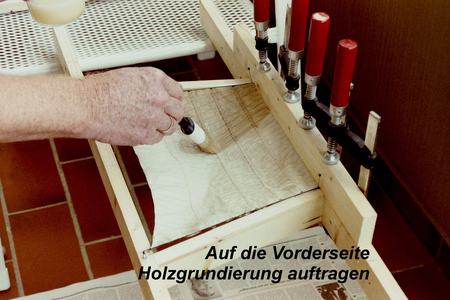
the result is a sail which is stiff like parchment.
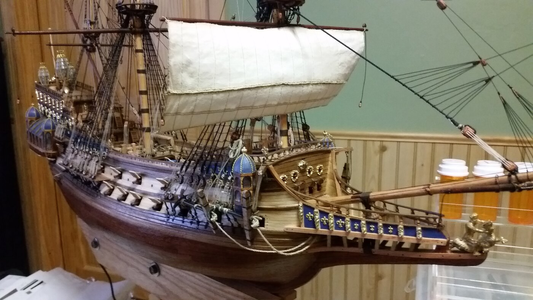
The bowlines hold the bottom of the sail way from the mast as if wind is pushing the sail.
